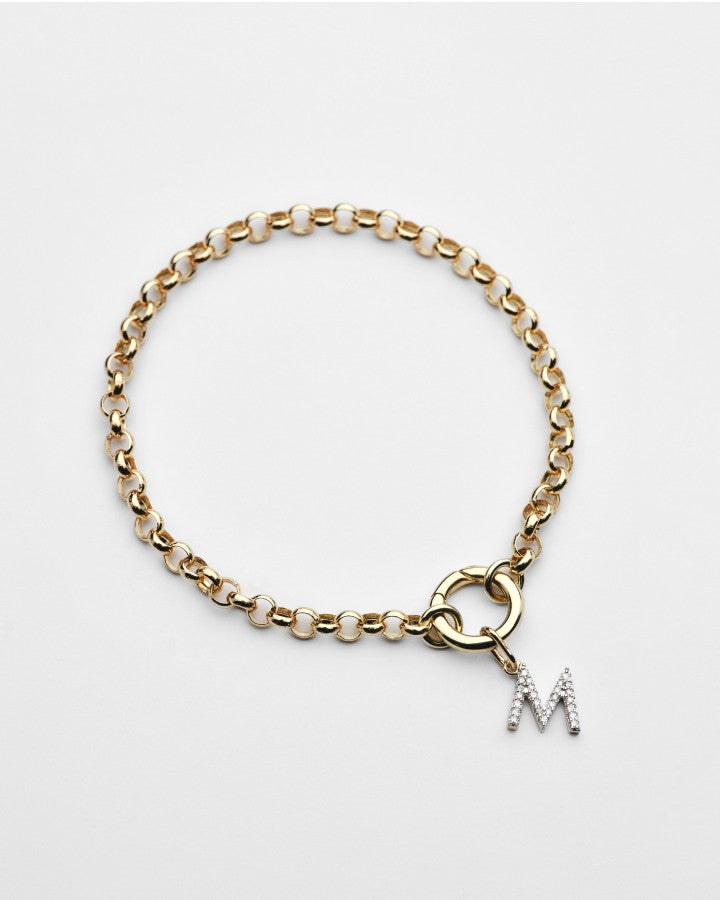Is your jewelry or accessory truly gold, or just gold plated? It can be difficult to discern the difference between genuine gold and gold-plated items. This guide will help you identify whether your prized possession is solid gold or simply coated with a thin layer of gold.
Understanding Gold Plating
Gold plating is a process where a thin layer of gold is applied to a base metal. This technique creates a gold-like appearance at a fraction of the cost of solid gold. While gold-plated items can be beautiful, it's essential to know what you're buying.
How to Identify Gold Plated Items
Determining the authenticity of gold can be tricky, especially with the prevalence of gold-plated items. Many factors contribute to the challenge of distinguishing between genuine gold and its imitation.
This guide will equip you with essential knowledge to differentiate between the two, empowering you to make informed decisions when purchasing or assessing gold items.
1 .Examine the Hallmarks:
Genuine gold items often have hallmarks, which are small stamps indicating the gold purity.
These hallmarks typically include the karat weight (e.g., 14K, 18K). Gold-plated items may have markings like "GP" or "gold plated."
2. Check for Signs of Wear:
Gold plating is susceptible to wear and tear over time. Look for areas where the gold coating might be fading or chipping. Solid gold, on the other hand, is more durable and will retain its color and shine.
3.Conduct a Magnet Test:
Gold is not magnetic. If your item is attracted to a magnet, it's definitely not solid gold.
However, this test is not foolproof, as some base metals used in gold plating are also non-magnetic.
4. Utilize a Scratch Test:
This method should be performed with caution, as it can damage the item. Gently scratch an inconspicuous area of the item with a sharp object.
If the underlying metal is exposed, it's likely gold plated.
5.Seek Professional Evaluation:
For definitive results, consider consulting a jeweler or a professional gold evaluator.
They have the expertise and tools to accurately determine the gold content.
Additional Tips
- Be wary of overly low prices: If a gold item seems too good to be true, it probably is.
- Research the seller: Reputable sellers will provide accurate information about the gold content of their products.
- Consider insurance: If you own valuable gold items, consider insuring them against loss or damage.
By following these guidelines, you can increase your chances of accurately identifying whether an item is gold-plated or solid gold. Remember, knowledge is power when making jewelry purchases.
FAQ
Q1: How can I tell if a ring is gold-plated?
Check for markings like "GP" (gold plated) or "GF" (gold filled). Look for signs of wear, such as fading or chipping. Gold-plated rings may also show color differences over time. A magnet test can help, but for accurate results, consult a jeweler.
Q2: What does "GP" or "GF" mean on jewelry?
"GP" stands for gold plated, indicating a thin layer of gold over a base metal. "GF" means gold filled, where a thicker layer of gold is bonded to a base metal.
Q3: How does the magnet test work for identifying gold?
Gold is not magnetic, so if an item is attracted to a magnet, it is not solid gold. However, this test is not foolproof, as some base metals used in gold plating are also non-magnetic.
Q4: Can signs of wear reveal if an item is gold-plated?
Yes, gold plating often fades or chips over time, exposing the base metal. Solid gold retains its color and shine even with prolonged use.
Q5: Should I perform a scratch test to identify gold-plated items?
Only as a last resort, as scratching can damage the item. Scratching may reveal a base metal underneath, confirming it's gold plated.
Q6: Is it necessary to consult a jeweler to identify gold-plated items?
For definitive results, consulting a jeweler is recommended. They can use advanced tools and expertise to determine the item's gold content.
Q7: Why is price a clue when identifying gold items?
If the price seems too low for gold, the item is likely gold plated. Solid gold is significantly more expensive due to its purity and value.
Q8: What are hallmarks, and how do they help in identifying gold?
Hallmarks are small stamps on jewelry that indicate gold purity, such as "14K" or "18K." Gold-plated items might have marks like "GP," distinguishing them from solid gold.



